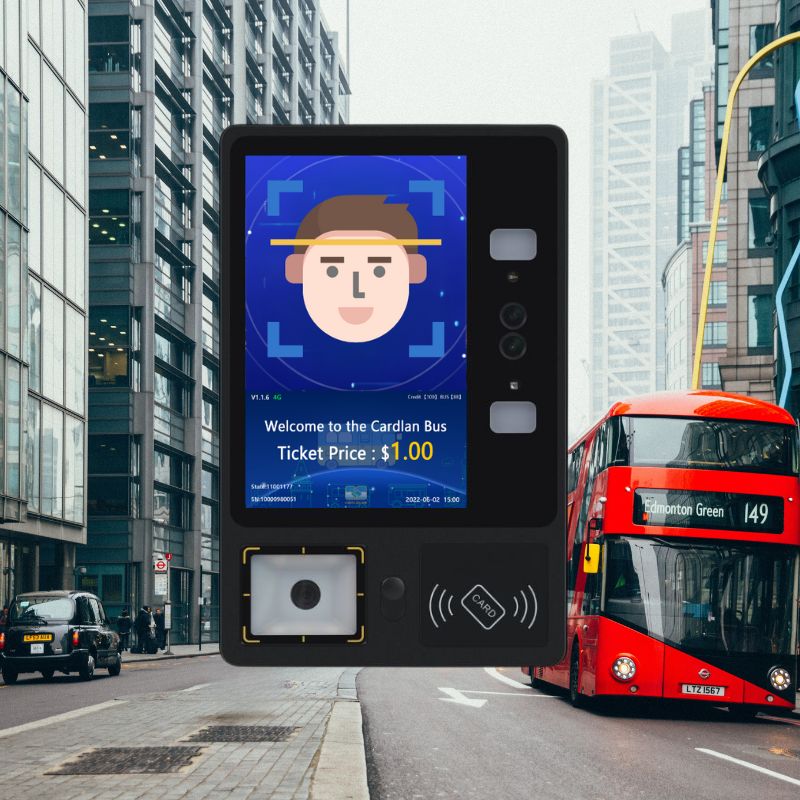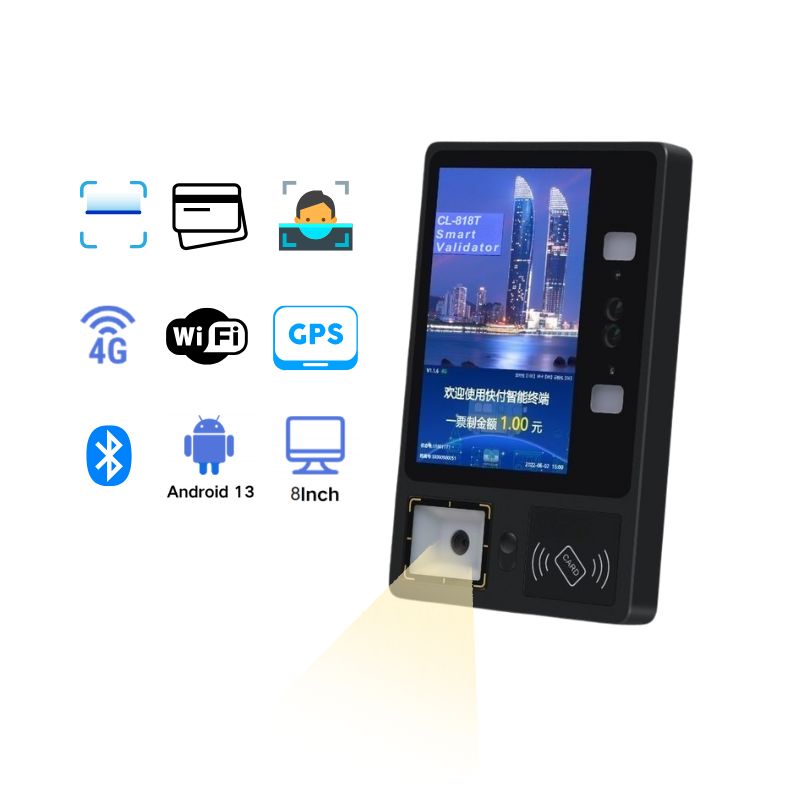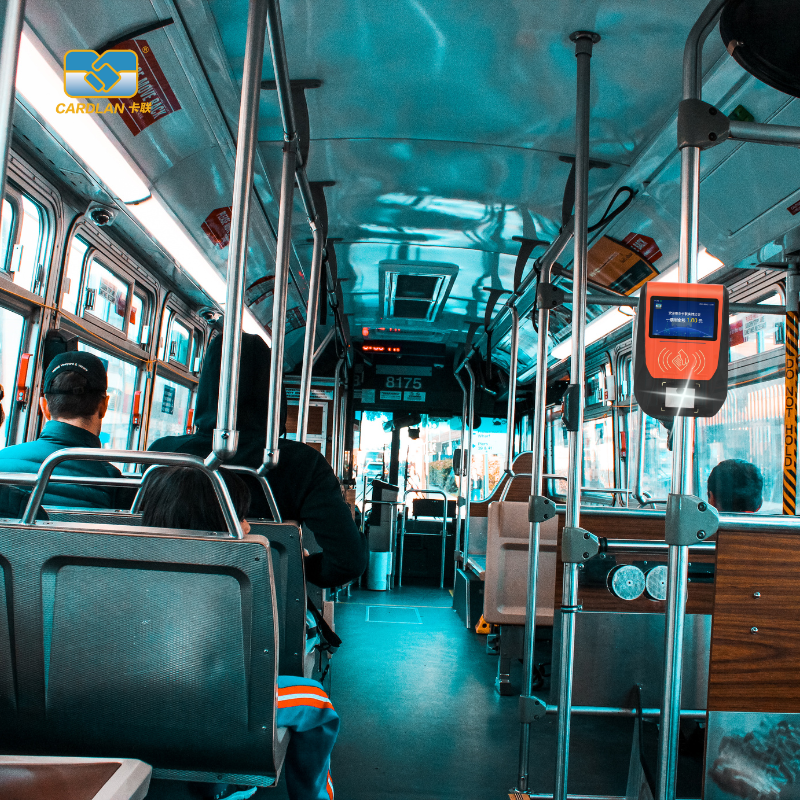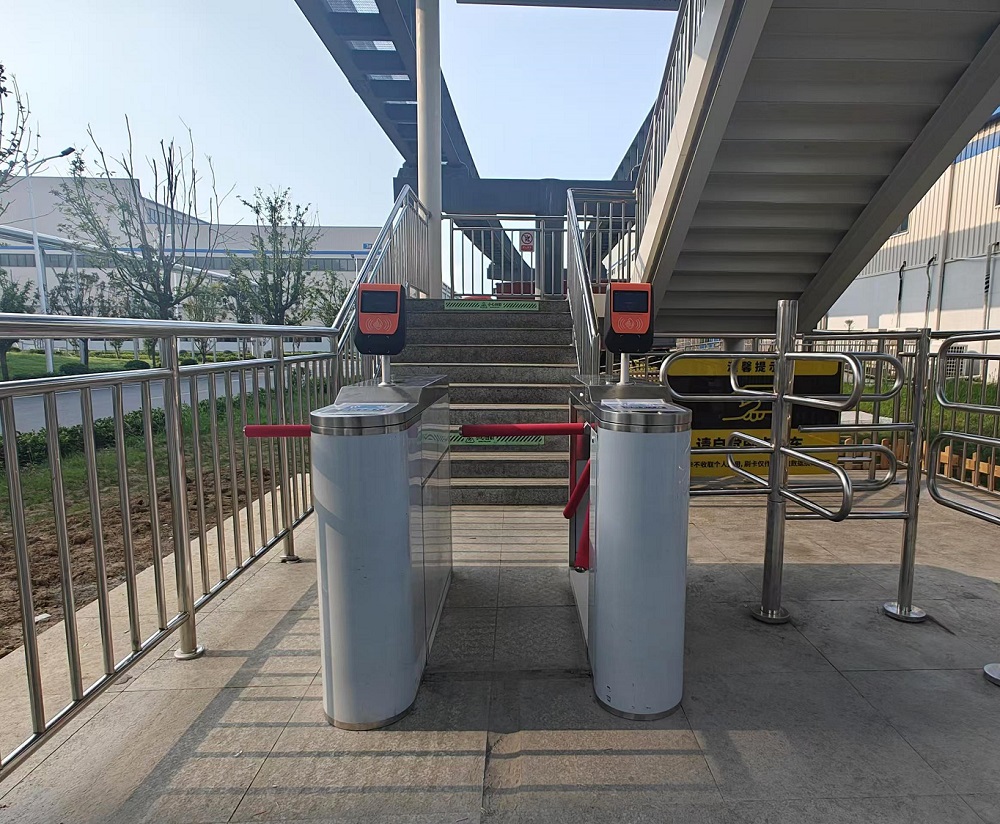Hardware Layer
Software Layer
Data Layer
Contactless Interaction
Multi-Payment Integration
Multi-Scenario Adaptability
Kalian Technology
Yonghao Electronics
Guolang Technology
 Code Scanning and Recognition Machine for Enterprise Bus (Swipe IC Card + Scan QR Code)
Code Scanning and Recognition Machine for Enterprise Bus (Swipe IC Card + Scan QR Code)
 Cardlan complete system and hardward provider
Cardlan complete system and hardward provider
 Cardlan flat fare/Zonal fare collection solution
Cardlan flat fare/Zonal fare collection solution
 Application of Relay Function in Bus Card Readers for Gate Control
Application of Relay Function in Bus Card Readers for Gate Control